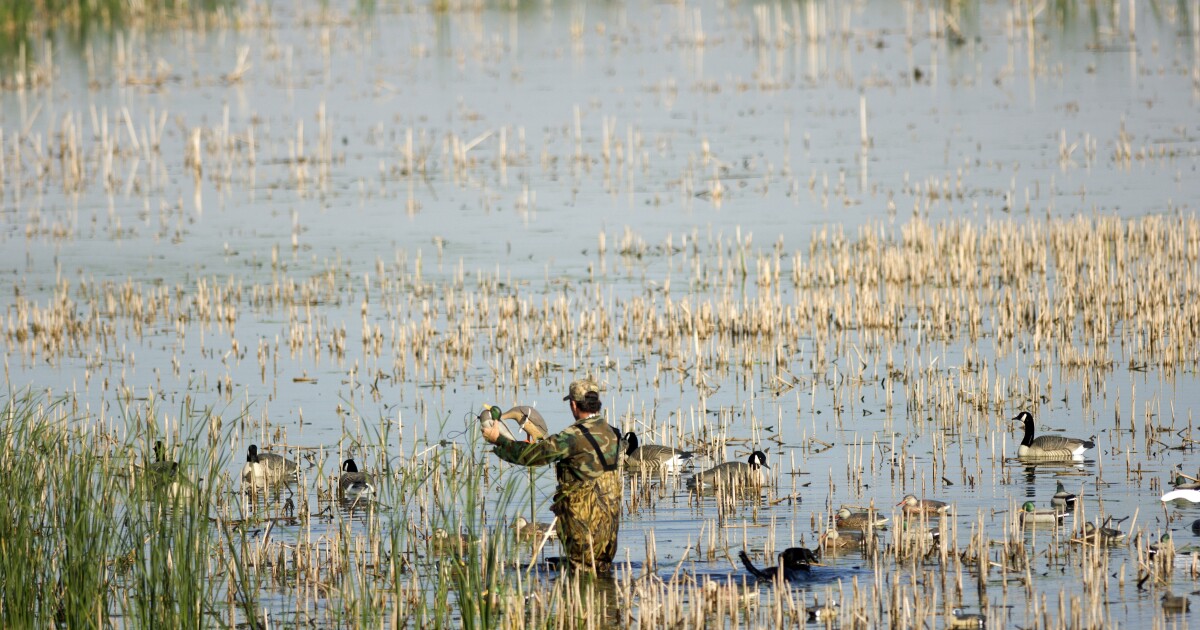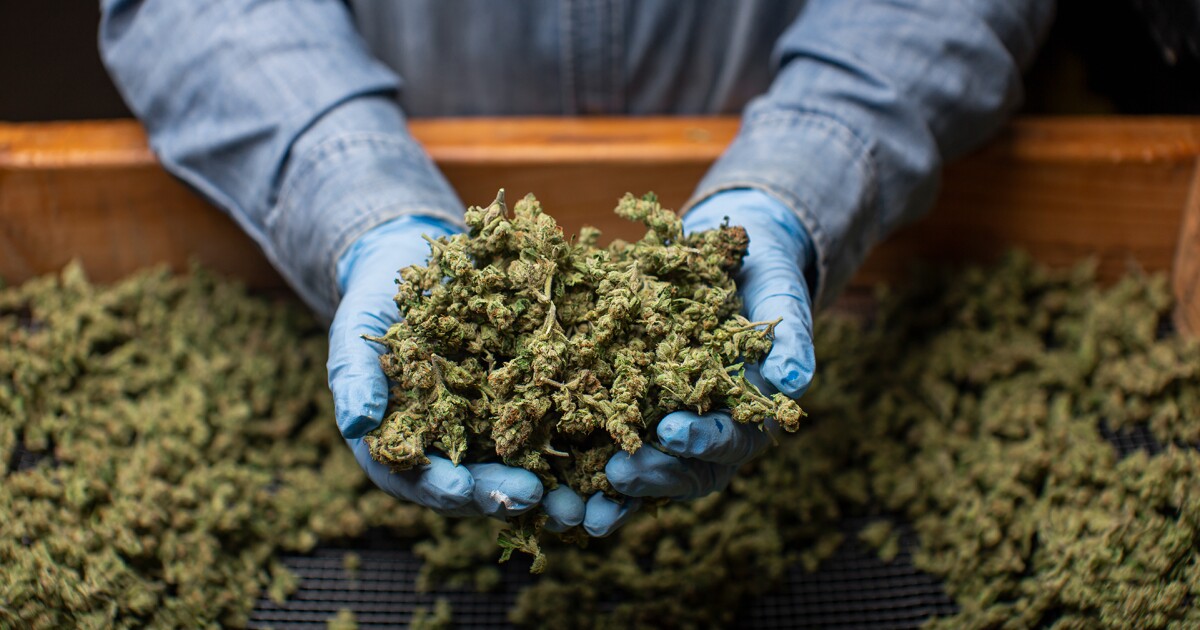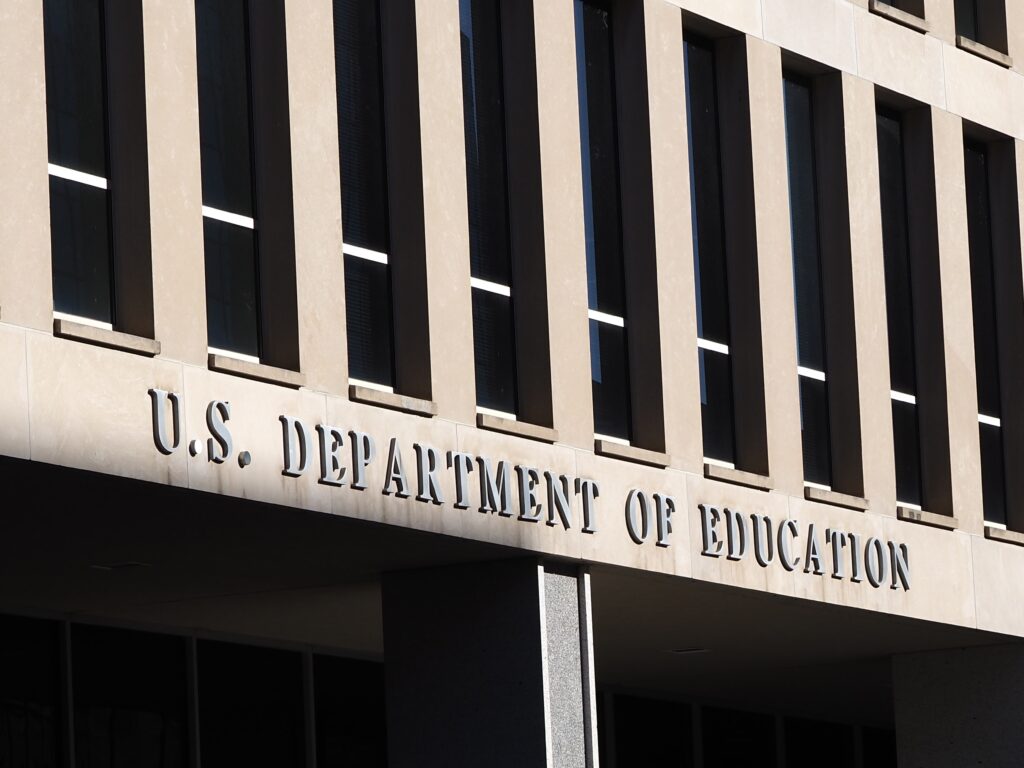The aftermath of the Dragon Bravo Fire has been closely examined by scientists, revealing important insights into the environmental impacts across its extensive burn area. A comprehensive study has revealed that while a majority of the 145,000-acre region experienced low burn severity, significant portions were affected with moderate to high severity.
In a conversation with Adrian Skabelund from KNAU, insights were shared by TJ Clifford, leader of the Burned Area Emergency Response Team from the U.S. Department of the Interior.
Understanding Burn Severity
ADRIAN SKABELUND: Can you speak through, in maybe layman’s terms, what those areas look like and what that means?
TJ CLIFFORD: For sure. Moderate and high severity, at first glance, the vegetation mortality– the trees have died, and that is consistent throughout Forest Service, Park Service, lands.
Clifford elaborated on the specifics of soil burn severity, highlighting that the impact on the soil was mild and not deep, which is crucial for assessing watershed response. Interestingly, the team’s research identified that despite moderate burn severity, the soil structure remained unchanged, and fine roots were largely intact.
He explained, “So when you dig in there with your hand, you’re gonna find a lot of the grassroots are still there, intact. They have not been consumed.” This observation was supported by evidence of shrubs and aspen trees already beginning to resprout, with some reaching up to 18 inches due to recent rains.
Regeneration and Recovery
SKABELUND: And are those re-sprouting or are re-growing in areas of high burn severity, or is that more in low to moderate?
CLIFFORD: It includes the moderate. Low, of course, yes. Low, we expect that to come back very quickly, within the first year.
While low severity areas are expected to recover within a year, moderate severity regions may take up to two years, and high severity areas even longer.
Potential for Debris Flows
SKABELUND: Is it too early for us to know the implications for debris flows and runoff into some of these drainages down to the Colorado?
CLIFFORD: It is too early. We’re still in the modeling phase. But I will say that USGS has a product out there already for the debris flows, so they have talked about that.
Clifford indicated that while it’s premature to determine the full implications, the likelihood of debris flows ranges from 0% to 40%. Such events could potentially increase flood risks in certain areas, although current observations suggest only marginal increases.
Courtesy of Grand Canyon National Park.
Future Steps and Safety Concerns
SKABELUND: What are the next steps for a report like this?
CLIFFORD: What we do right now is we’re putting together the rationale to mitigate some of the threats to public safety. For instance, we got rockfall on the trails.
Clifford further explained that steps are being taken to stabilize areas within the North Rim development that pose hazards due to burn damage. Efforts aim to bridge the gap between immediate fire impact and long-term restoration, particularly focusing on trail safety where rockfalls are more likely due to lost vegetation.
He highlighted the importance of understanding these risks to inform decisions about trail access and visitor safety. As Clifford notes, “we’re looking at life and property first and natural and cultural resources second.”
SKABELUND: TJ, thanks so much for giving me some of your time today.
CLIFFORD: Yeah, thank you.
This conversation has been edited for length and clarity. Find the extended version here.
—
Read More Arizona News










